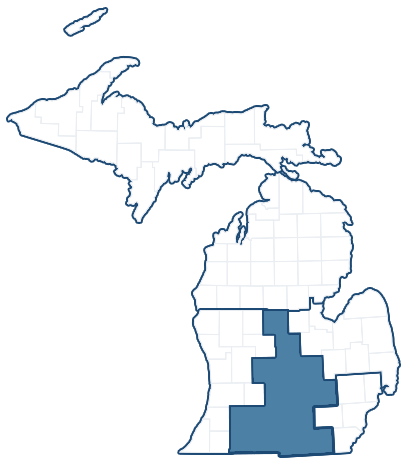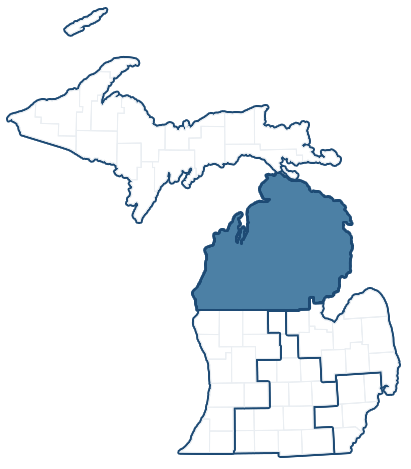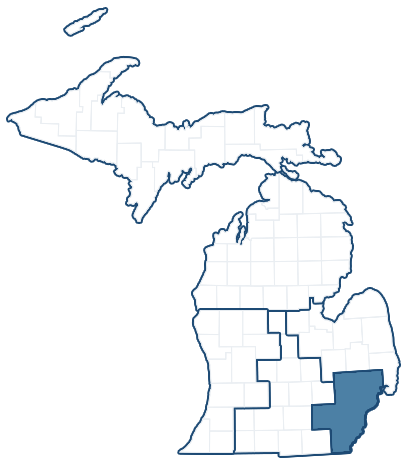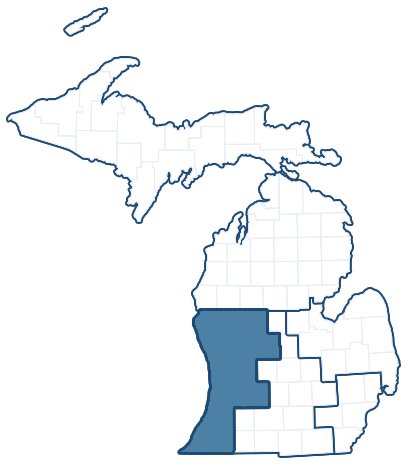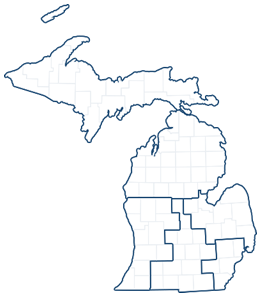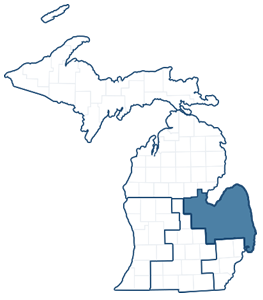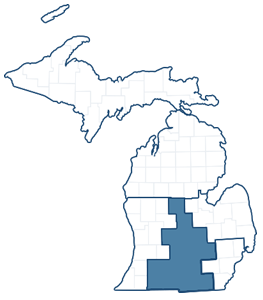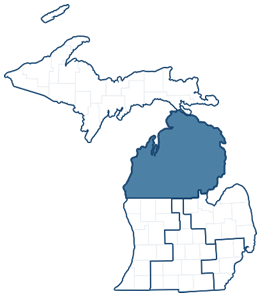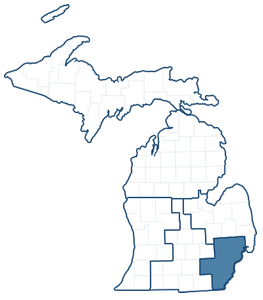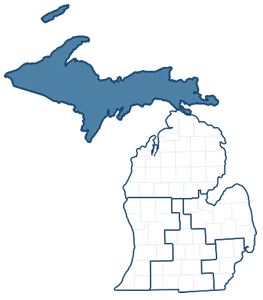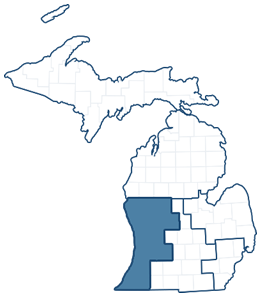Stabenow, Rounds, Peters Introduce Bipartisan Legislation to Require Nationwide Testing for PFAS Contamination
Friday, August 24, 2018
WASHINGTON, D.C. – U.S. Senators Debbie Stabenow (D-MI), Mike Rounds (R-SD), and Gary Peters (D-MI) introduced bipartisan legislation to address contamination from chemicals containing per- and polyfluoroalkyl substances (PFAS). The PFAS Detection Act (S.3382) provides the U.S. Geological Survey (USGS) with $45 million to develop new advanced technologies to detect PFAS and then requires USGS to conduct nationwide sampling for PFAS in the environment.
“People across Michigan exposed to PFAS-contaminated water and soil are living with incredible uncertainty about the impact of these chemicals on the health and wellbeing of their families,” said Senator Stabenow. “There is so much we do not know, and it is imperative that we get answers soon.”
“PFAS chemicals can be found in manufactured goods such as commercial household products and food packaging and have even been detected in drinking water and soil samples, in some cases,” said Senator Rounds. “Our bill authorizes funding to learn more about the extent of PFAS contamination nationwide so we can protect ourselves and our families from any negative health effects they may cause.”
“With so many new reports of PFAS exposure, it’s important to get an accurate picture of the extent of contamination in order to help communities that have been impacted by these harmful chemicals,” said Senator Peters. “Our families, servicemembers, and veterans deserve to know how exposure to PFAS will affect their lives moving forward, and it’s crucial that we get more information.”
There is evidence that exposure to PFAS chemicals has public health and environmental impacts. However, much more needs to be known about these chemicals, including toxicity, prevalence, and exposure levels.
There are more than 3,000 chemicals containing PFAS but less than 30 of these substances can be detected using current technology. The data collected by the USGS could be used to better assess the likely health and environmental impacts of exposure to PFAS chemicals and determine how to address contamination moving forward.
Next Article Previous Article





